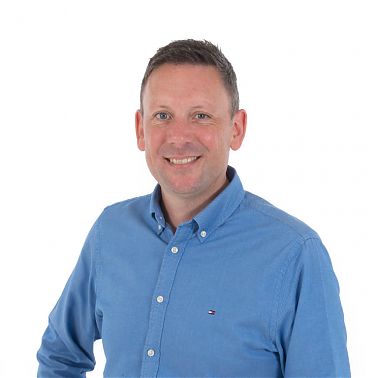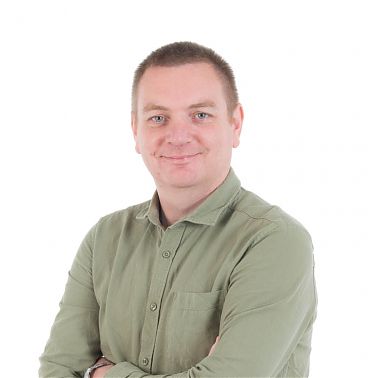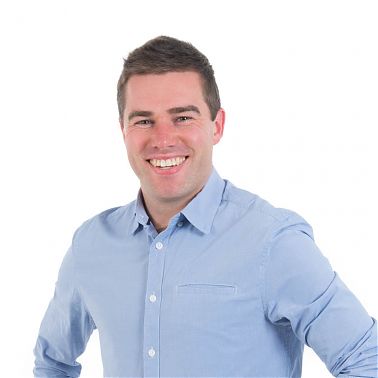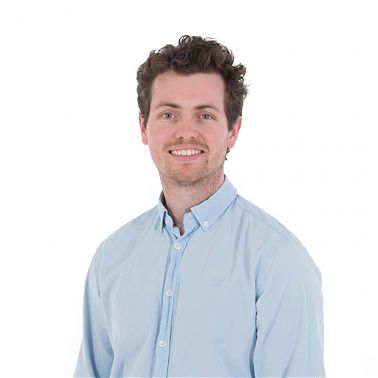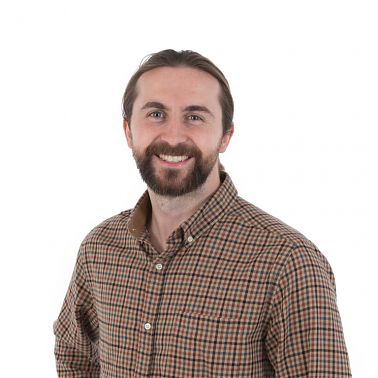C. D. Stacey, A. G. Wishart, C. Stace, H. White, C. Percy, K. Rigby, G. Vieux, D. A. Jaroszynski, “Filament-mediated disruption of laser propagation”, SPIE Proceedings Volume 12739, High Power Lasers: Technology and Systems, Platforms, Effects VI; 1273904 (2023) https://doi.org/10.1117/12.2673960
Peter E. Rees, Craig D. Stacey, Chris Stace, and Roy G. Clarke “Numerical modelling of laser filamentation”, Proc. SPIE 11162, High Power Lasers: Technology and Systems, Platforms, Effects III, 111620L (15 October 2019); https://doi.org/10.1117/12.2538461
C.D. Stacey, C. Stace, R.G. Clarke, “A Multi-Spectral Laser Beam Combiner Covering UV to Mid-IR”, 15th Electro-Optics and Infrared Conference, Defence Academy, Shrivenham, 20th-22nd June (2016)
S. Lake, J. Rew, C D Stacey and J.P. Sargent, “The ‘speckleometer’: a compact, portable surface roughness measurement unit based on angular speckle correlation”, Insight – Non-Destructive Testing & Condition Monitoring, Vol. 57, No.9, (2015)
C.D. Stacey, C. Stace, R.G. Clarke, “High power operation of an ultra-broadband spectral beam combiner”, OPTRO 2014, Paper 2966156, Jan 28-31 2014, Paris, France (2014)
C.D. Stacey, C. Stace, R.G. Clarke, “Ultra-broadband Spectral Beam Combiner Spanning over Three Octaves”, Applied Optics, Vol. 52, No.29, pp.7200-7205 (2013)
J.R. Pugh, J. Silva, J.L. Stokes, C.D. Stacey, G.R. Nash, J.G. Rarity, I.D. Lindsay and M.J. Cryan, “Focusing Bandwidth of Flat Lenses in the Mid-Infrared”, IET Micro and Nano Letters, Vol. 7, Iss. 11, pp.1105-1107 (2012)
J. Pugh, J. Stokes, G. Nash, C.D. Stacey, M. Cryan, “Plasmonic Beam Shaping in the Mid-Infrared”, Proc. Frontiers in Optics 2011/Laser Science XXVII, 19th October 2011, San Jose, US (2011)
V. Scarnera, B. Richards, A. Jha, G. Jose, C. Stacey, “Green up-conversion in Yb3+-Tb3+ and Yb3+-Tm3+Tb3+ doped fluoro-germanate bulk glass and fibre”, Optical Materials, Vol.33, Issue 2, 159-163, December 2010 (2010)
C.D. Stacey, C. Clarke, R. G. Clarke, D. W. Charlton, “Demonstration of multimode interference effect for PCF connectors”, (Invited paper), 7714-27, SPIE Photonics Europe 2010, Brussels, Belgium. 12-16th April 2010.
Craig Stacey, Christopher Clarke, Roy Clarke, David Charlton, “Multimode self-imaging enables novel microstructured fiber connectors”, SPIE Newsroom 12th April 2010, DOI: 10.1117/2.1201003.002669
D.C. Jones, A.J. Turner, A.M. Scott, S.M. Stone, R.G. Clarke, C. Stace, C.D. Stacey, “A multi-channel phase locked fibre bundle laser”, SPIE Proc., Photonics West 2010, San Francisco, USA. 25th-29th Jan 2010
V. Scarnera, B. Richards, A. Jha, C.D. Stacey, “Up-conversion tuneable green fibre laser”, SGT Conference 2009, 16th-18th September 2009, Lancaster University, UK.
C.D. Stacey et al, ”Visible Fibre Lasers for EOCM”, 7th EO/IR Symposium, 15th-17th July 2009, Defence Academy, Shrivenham, UK.
C.D. Stacey et al, ”Laser DEW Technology”, 3rd Electronic Warfare Symposium, 5th-6th Dec 2007, Defence Academy, Shrivenham, UK.
C.D.Stacey, R.M.Jenkins, J.Banerji and A.R.Davis, “Demonstration of fundamental mode propagation in highly multimode fibre for high power EDFAs”, Optics Communications, vol.269, pp 310-314, 2007
D.C.Jones, C.D.Stacey, A.M. Scott, “Phase stabilisation of a large-mode-area ytterbium-doped fibre amplifier”, Optics Letters, Vol.32, No.5, 2007
R M Jenkins, K D Ridley and C D Stacey, “Measurements of Speckle Fields with a Multimode Local Oscillator”, DTC conference paper 2006, 3rd EMRS DTC Conference July 2006, Edinburgh, UK
C.D.Stacey and R.M.Jenkins, “Demonstration of fundamental mode propagation in highly multimode fibre for high power EDFAs”, paper CJ-16-WED, Technical Digest CLEO Europe/EQEC 2005 Munich 2005
R M Jenkins, C D Stacey and K D Ridley, “Measurements of Speckle Fields with a Multimode Local Oscillator”, DTC conference paper 2005, 2nd EMRS DTC Conference July 2005, Edinburgh, UK.
C.D.Stacey, “Measurements of speckle fields with a mode-tuneable local oscillator”, Rank Prize Funds Mini-Symposium on Orbital Angular Momentum of Photons, Helical Beams and Optical Vortices, 12th-15th May 2003, Grasmere, UK

